Don’t you just love coming home after a long day? Few things top that feeling of leaving the world outside when you lock your door behind you. Yet, even though we like to take breaks from the outside world, we’d be lost if we weren’t connected to the rest of the world via our technological gadgets. Humans love any form of technology that makes our lives easier. We also use a variety of tools every day and have all sorts of useful things lying around the house. And they all have a backstory. Yes, even our clothes have surprising histories, quirky backstories, or peculiar facts about them you’ve probably never heard before.
Today, we’ve uncovered the weird and wonderful facts behind the everyday objects that fill our homes and lives. The following 25 are a few of our favorites.
Here are 25 Weird and Wonderful Facts About EveryDay Objects You Didn’t Know
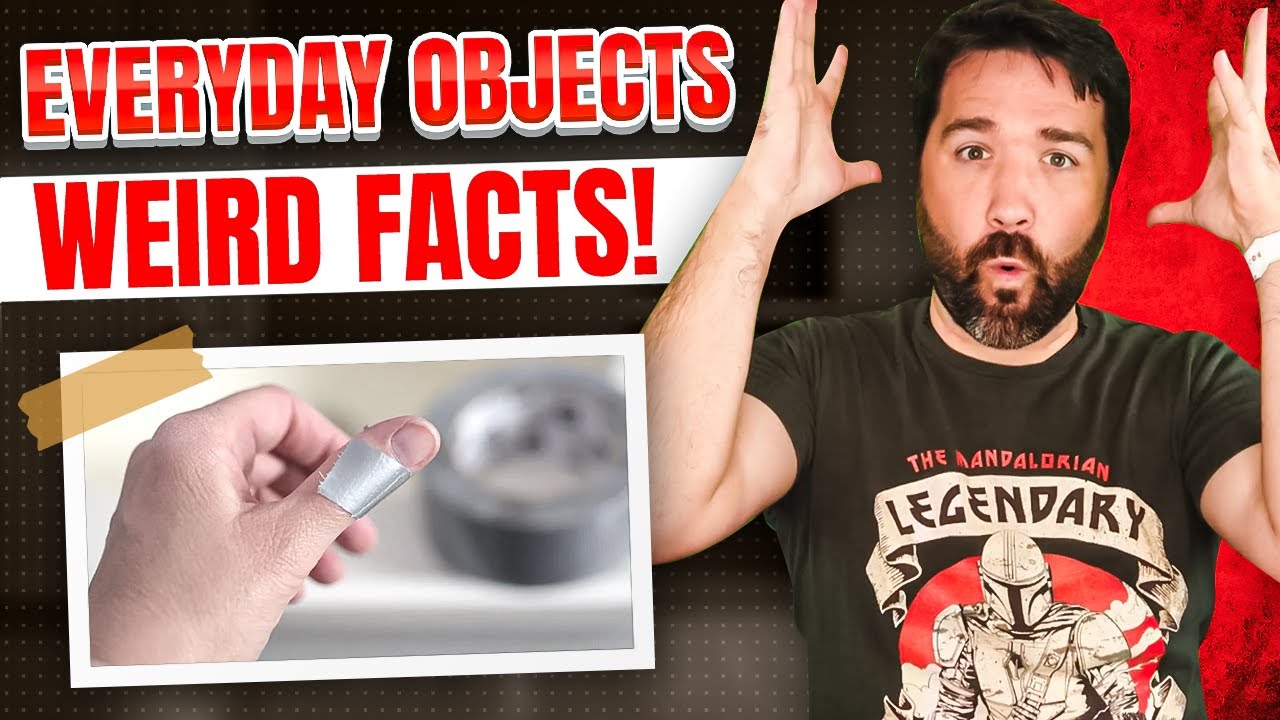
Barbie has Completely Unrealistic Proportions
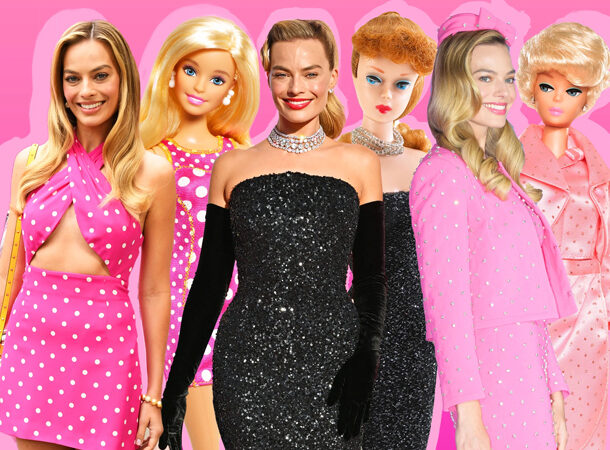 https://www.sciencetimes.com/articles/45014/20230723/real-life-barbie-incapable-lifting-head-small-waistonly-room-half.htm
https://www.sciencetimes.com/articles/45014/20230723/real-life-barbie-incapable-lifting-head-small-waistonly-room-half.htm While the world is going crazy about the Barbie movie, we just thought we’d throw the following bit of trivia out there. Barbie has impossible curves. There. We’ve said it. And from the lips of every woman in the world comes a loud “Duh.” But honestly, we’re not just talking about her hourglass figure.
According to the Yale Center for Eating and Weight Disorders, the average woman would need to grow two feet taller, expand her neck length by 3.2 inches, add 5 inches in the chest, and drop at least six inches in the waist to look like Barbie in real life. Barbie’s head is actually so disproportional that if she were real, she would be unable to walk or raise her head.
Zippers Were Named After The Sound They Make
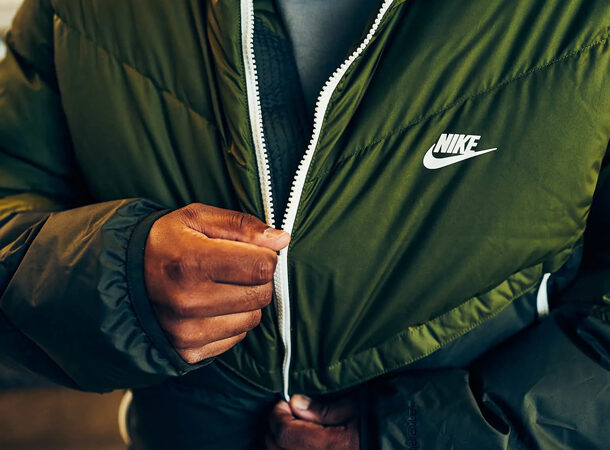 https://www.cbc.ca/news/technology/zipper-anniversary-10-bits-of-trivia-to-impress-the-pants-off-you-1.1305202
https://www.cbc.ca/news/technology/zipper-anniversary-10-bits-of-trivia-to-impress-the-pants-off-you-1.1305202 One of the most interesting accidents in the world’s history of “things” was the naming of this everyday item that keeps your purse closed and your pants up. The zipper’s first name was the Hookless Fastener. Nevertheless, when B.F. Goodrich added Hookless Fasteners to a line of boots in 1923; people began calling them zippers because of the sound they made when they were zipping up.
And while we’ve grown used to them and zippers may seem dull and oh-so-obviously essential today, in the first few years after their creation, they caught flack for their depravity. In addition to closing tobacco bags, American prudes complained that zippers made it too easy to take off their pants.
Keys Were Not Always Small Enough to Fit in a Pocket
 http://www.historyofkeys.com/keys-history/history-of-keys/
http://www.historyofkeys.com/keys-history/history-of-keys/ The most noteworthy indulgence in this life is not high thread count bedding or the quality of your crystal; it is the sense of refuge and protection that comes with clicking the lock on your front door and shutting it behind you. Our keys are often cute gadgets.
The ones that unlocked the wooden locks on the gigantic marble and bronze doors of the Greeks and Egyptians could be three feet long and were so heavy that they were often carried slung over the shoulder – a fact recited in the Bible. It is written that the prophet Isaiah declared, “And the key of the house of David will lay upon his shoulder.”
Plates Were Once Made out of Bread
 https://www.bonappetit.com/trends/article/a-history-of-how-food-is-plated-from-medieval-bread-bowls-to-noma
https://www.bonappetit.com/trends/article/a-history-of-how-food-is-plated-from-medieval-bread-bowls-to-noma You’ll love the medieval trencher if you’ve ever slurped clam chowder from a bread bowl and marveled at the goodness of getting that close to your food. These “plates,” popular in Europe and the United Kingdom, were made from huge circular loaves of whole wheat bread that had been aged for four days before being sliced into two three-inch rounds.
Merry dinner guests seldom ate the trencher; those remaining in one piece after supper were either distributed to the poor or thrown to the dogs.
A Gallon of Gasoline Contains 31,000 Calories
 https://auto.howstuffworks.com/question527.htm
https://auto.howstuffworks.com/question527.htm Disclaimer: We did not test the following fact ourselves – and neither should you. Now that we’ve covered that, you should know that if you could drink gasoline, you’d get 31,000 calories of energy, which is equivalent to 15 to 20 days’ worth of food.
Scientists discovered this while attempting to compare the efficiency of an automobile to that of a human pedaling a bicycle. They found that a person could cycle approximately 912 miles on a single gallon of gas by calculating how many calories it takes to ride one mile at 15 mph.
The Fork Was Once Considered a Tool of the Devil
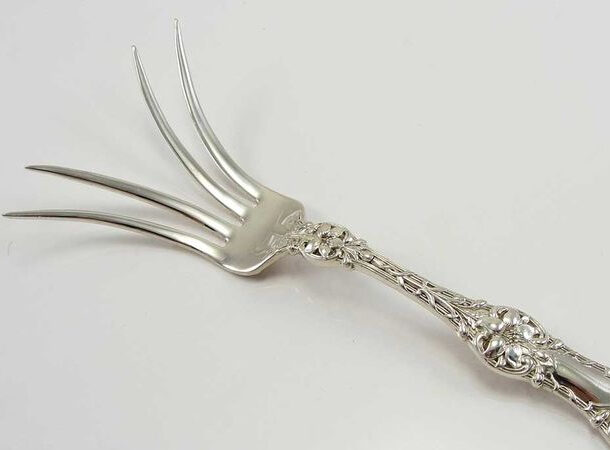 https://www.fastcompany.com/90481445/a-tool-of-the-devil-the-dark-history-of-the-humble-fork
https://www.fastcompany.com/90481445/a-tool-of-the-devil-the-dark-history-of-the-humble-fork In fact, the term fork comes from the Latin furca, which means “pitchfork.” The first dinner forks were put to use by the elites in the Middle East and the Byzantine Empire. Maria Argyropoulina, the niece of Byzantine Emperors Basil II and Constantine VIII, married the son of the Doge of Venice in 1004.
She packed a small container with two-pronged golden forks that she used for her wedding banquet. The people of Venice were astonished, and when Maria died a few years later from the plague, Saint Peter Damian declared that it was the punishment of God. With those words, Saint Peter Damian slammed the door on using forks in Europe for the next 400 years.
The Chopstick Is 4,500 Years Older Than The Fork
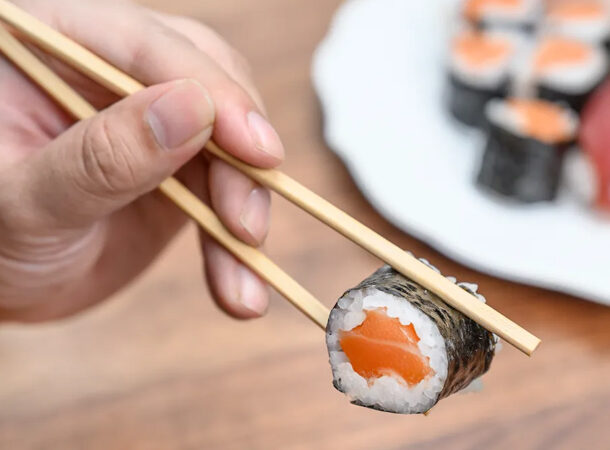 https://cookingwithjade.com/990/the-history-of-chopsticks/
https://cookingwithjade.com/990/the-history-of-chopsticks/ The most common chopsticks are waribashi, the disposable kind made of inexpensive wood found at many Chinese and Japanese restaurants. They are not recent inventions by any means. In the 18th century, waribashi became common in the first Japanese eateries.
According to Shinto belief, something that has been in another person’s mouth picks up aspects of their personality; as such, you did not share chopsticks, not even if they had been washed. The very first examples of chopsticks date back to roughly 1200 B.C. They were discovered in China’s Henan province.
Nail Polish Has An Interesting Backstory
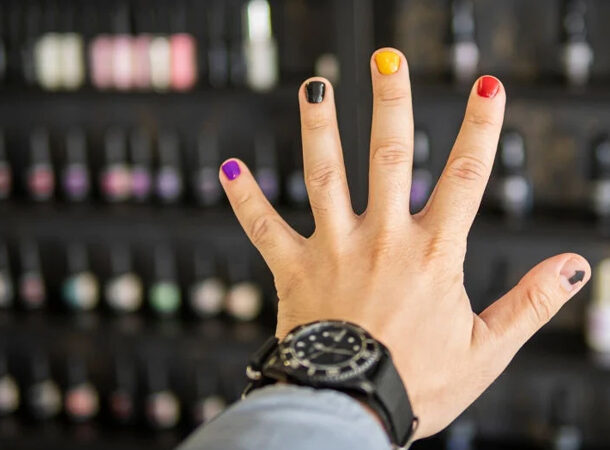 https://www.goodhousekeeping.com/beauty/nails/tips/a24202/nail-polish-facts/
https://www.goodhousekeeping.com/beauty/nails/tips/a24202/nail-polish-facts/ The next time you want to complain about the cost of a mani-pedi at your local salon, remember that several thousand years ago, ancient Babylonians – men and fighters at that—had their manicures done with solid gold tools. Their color choice (black) was done to terrify their enemies during battle. The Ancient Egyptians, on the other hand, used nail polish to display their social standing.
The lower classes were limited to nude and light-colored tints, while the affluent and influential wore the now-classic red. While the earliest nail polishes were produced from egg whites and other natural pantry staples, today’s nail lacquers come from a far less nutritious source: car paint. A makeup artist who worked for Revlon in the 1920s modified car paint to create the first colorless enamel.
Goats pulled the First Baby Strollers
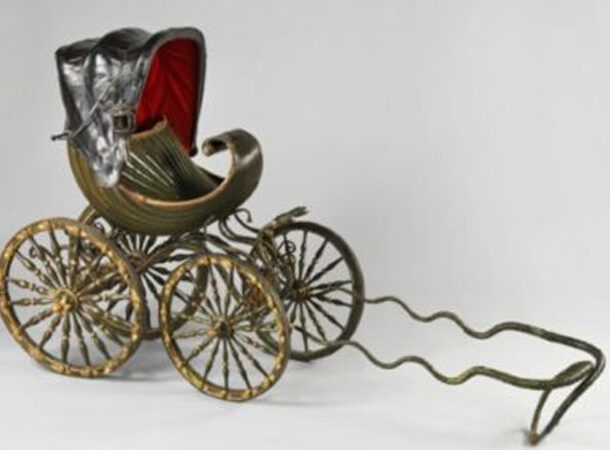 https://www.whattoexpect.com/baby-products/baby-strollers/the-evolution-of-the-stroller/
https://www.whattoexpect.com/baby-products/baby-strollers/the-evolution-of-the-stroller/ This is one of the many fascinating facts we uncovered that left us a bit frazzled. Goats were used to drag the first baby strollers. Or a dog or a small pony, but definitely not the parents. In 1733, William Kent, a landscape architect, designed the first stroller for the third Duke of Devonshire.
Strollers were still comparatively unstable when the mid-18th century rolled around, but they finally included handles so that parents, as opposed to animals, could pull the baby behind them.
Croissants (Kwa-Sonz) Are Not French
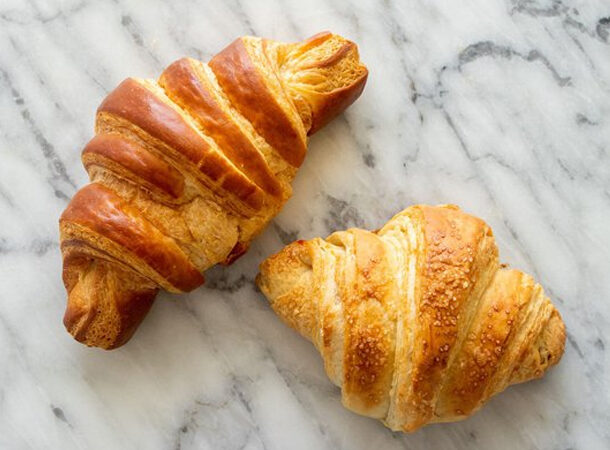 https://www.bakersmaison.com.au/about-us/blog/the-history-of-the-croissant
https://www.bakersmaison.com.au/about-us/blog/the-history-of-the-croissant Even though croissants are commonly associated with France, they were actually baked and served in Vienna, Austria, as early as the 13th century. Back then, it was a denser pastry called a kipferl, but it was baked in its iconic crescent shape.
There are many different stories about how the croissant finally made its way to France, but the first verified debut of the modern croissant we know today – made with that flaky, buttery melt-in-your-mouth puff pastry – didn’t happen before the early 1800s, when a Viennese baker started selling the crescent-shaped pastries in Paris.
In Ancient Egypt, A Pillow Wasn’t Really a Pillow
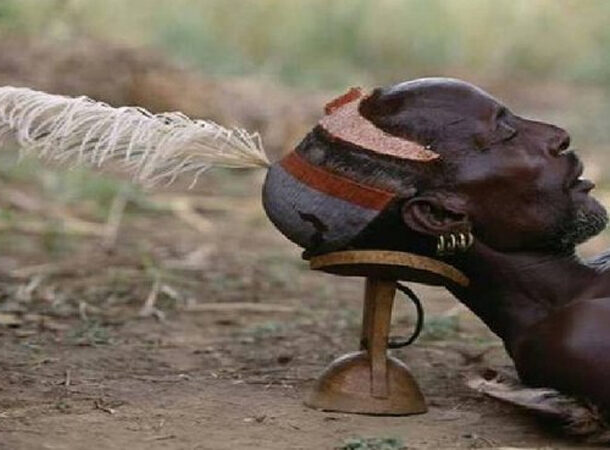 https://www.egypttoday.com/Article/4/116117/Why-did-ancient-Egyptians-sleep-on-pillows-made-of-stone
https://www.egypttoday.com/Article/4/116117/Why-did-ancient-Egyptians-sleep-on-pillows-made-of-stone It’s impossible to think that comfort hasn’t always been the objective for those of us who waste half the night folding, flipping, or fluffing our pillows in an effort to achieve the perfect sleeping position. Pillows in ancient Africa, Asia, and Oceania were stiffer than the padded cushions we’ve come to rely on for a good night’s sleep.
Some of these early pillows, dating back to the Third Dynasty (about 2707-2369 B.C.E. ), in fact, resembled child-sized seats with a curving portion resting on top of a pillar. These stands stabilized the neck, not the head, possibly to protect the extravagant hairdos that were popular at the time.
The First Napkins Were Lumps of Dough
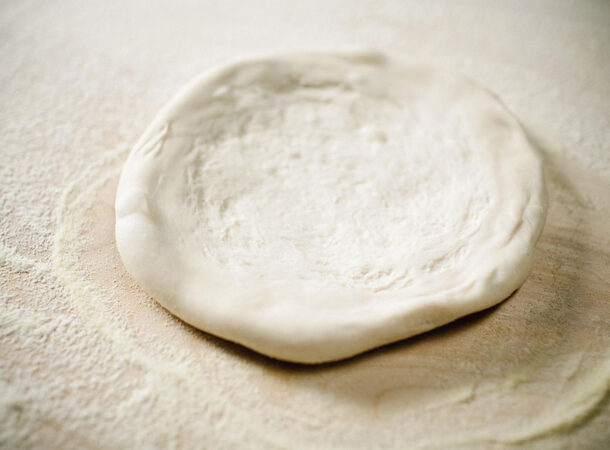 https://www.eandvgroup.com/history-of-the-cocktail-napkin/#:~:text=Historians%20credit%20the%20Spartans%20with,cloth%20napkins%20at%20the%20table.
https://www.eandvgroup.com/history-of-the-cocktail-napkin/#:~:text=Historians%20credit%20the%20Spartans%20with,cloth%20napkins%20at%20the%20table. The “napkin dough” was first used by the Spartans – residents of ancient Greece’s military superpower – who cut it into little pieces and shaped and flattened at the table, expertly cleaning any oily residue from their fingers before being thrown to the dogs at the end of the meal. Raw dough eventually evolved into baked dough or bread.
Because there were no utensils on the Greek table, bread worked as both a spoon and a fork (the meal would have been chopped into bite-size pieces in the kitchen), as such, using bread to keep your fingertips clean before taking a dip of hummus was not only tasty, but also extremely practical.
Albert Einstein Co-Invented the Refrigerator
 https://invention.si.edu/einstein-szilard-refrigerator
https://invention.si.edu/einstein-szilard-refrigerator Although General Electric manufactured the first refrigerators in 1911, the coolants used to refrigerate the insides were highly poisonous. In fact, it was so toxic that a leaking refrigerator led to the deaths of a whole sleeping family in Germany in the 1920s. Albert Einstein, who read about the tragedy in the newspaper, set about finding a solution.
He collaborated with his old pupil Leo Szilard to build a refrigerator with no moving parts, eliminating the need for possibly faulty seals. Though their invention was abandoned in the 1950s in favor of newer technological breakthroughs, Stanford scientists are revisiting it now as a method to bring cooling technology to areas without electricity.
Playing Cards Came From China
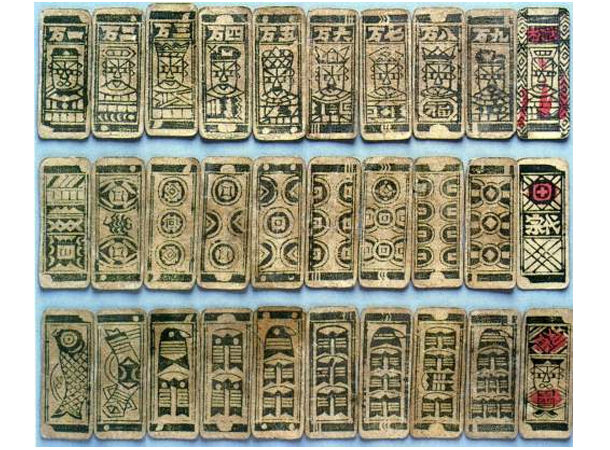 https://www.historyofinformation.com/detail.php?id=17
https://www.historyofinformation.com/detail.php?id=17 The first known cards were the size of dominoes and were created in the ninth century C.E. Card games grew popular in China as a wholesome and positive activity that was not only meditative and challenging but also social. It was, in fact, one of the favorite pastimes of Emperor Muzong of Liao.
We are 100% sure that when the emperor fought to restore stability and authority to his throne after a rebellion against him before he died in 969 C.E., he certainly had no idea that his beloved pastime was going to travel the Silk Road via India and Persia before kindling an insatiable appetite for the game in Europe.
China Also Gave Us Toothbrushes
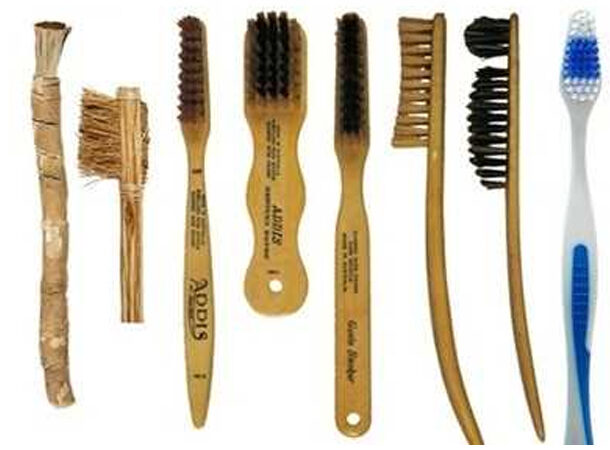 https://scienceillustrated.com.au/blog/ask-us/who-invented-the-toothbrush/
https://scienceillustrated.com.au/blog/ask-us/who-invented-the-toothbrush/ Before sticks with bristles, our ancestors chewed on an array of twigs, like neem, to keep their mouths fresh and teeth clean. However, in the 1400s, someone in China had the excellent idea of applying stiff boar bristles to a bamboo handle, and the modern toothbrush was born.
According to an article in Science Illustrated, we continued to use boar bristles for our toothbrushes until 1938, when Dr. West’s Miracle Toothbrush adopted nylon bristles for the first time.
Keyboards Slow Down Your Typing
 https://www.smithsonianmag.com/arts-culture/fact-of-fiction-the-legend-of-the-qwerty-keyboard-49863249/
https://www.smithsonianmag.com/arts-culture/fact-of-fiction-the-legend-of-the-qwerty-keyboard-49863249/ Do you ever wonder why the letters on a keyboard aren’t all in alphabetical order? This system of keyboard organization, if you will, that we use today was, in fact, created to slow typists down. You see, back in the day, typists grew so skilled at what their fingers were doing that they frequently jammed the typewriters they were working on.
The QWERTY method, which we’ve come to call the QWERTY keyboard (kwuh-tee-kee-bawd), actually helped limit the times the machines got jammed, and we are using it to this day. Interestingly, many people don’t have any issues with speed typing today – regardless of keyboard layout.
The Small Bumps on the F and J Letters
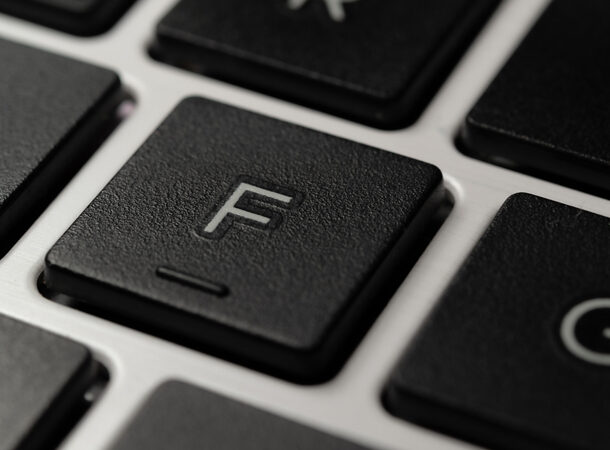 https://agilefingers.com/
https://agilefingers.com/ While we’re talking about keyboards, have you ever noticed the small bumps on the bottom of the F and J letters? They were strategically placed there to help people remember where to place their index fingers when using “QWERTY” keyboards (kwuh-tee-kee-bawds).
Knowing where to position your index fingers enables you to type faster by providing you with an instinctual position for your other fingers. And the ridges allow you to navigate your way across the keyboard without continuously looking down.
Wearable Glasses Have Been Around Since 1284
 http://www.nanyang.com.sg/blog/through-the-centuries-10-interesting-facts-about-glasses
http://www.nanyang.com.sg/blog/through-the-centuries-10-interesting-facts-about-glasses Imagine lifting a piece of glass the size of a mirror to your face whenever you need to read something. Before the 13th century, when some entrepreneurial-minded Italians shrunk the glass and substantial frames enough to finally be worn on the nose, it was the best solution mankind had come up with for vision issues.
After a while, Spanish eyeglass designers came up with the notion of fastening ribbons to the frames to keep the glasses on the short-sighted wearer’s face. Finally, in the 1700s, these ribbons were swapped with the “arms” that today’s glasses have, enabling them to rest securely on the nose and ears.
Weber Grills Were Born From a Buoy
 https://www.weber.com/US/en/blog/behind-the-grill/weber-kettle-born-from-a-buoy/weber-30962.html#:~:text=In%201952%2C%20George%20Stephen%20had,was%20born%20from%20a%20buoy.
https://www.weber.com/US/en/blog/behind-the-grill/weber-kettle-born-from-a-buoy/weber-30962.html#:~:text=In%201952%2C%20George%20Stephen%20had,was%20born%20from%20a%20buoy. Have you ever noticed that the traditional round Weber grill looks like the bottom of an ocean buoy? That’s because the original Weber grills were, in fact, made from the bottom of an ocean buoy! George Stephen Sr. was employed at Weber Brothers Metal Works in Chicago, manufacturing coast guard buoys.
In 1952, George came up with the fantastic idea to chop the bottom off one of the buoys, adding three legs to the base and a vent and handle to the top of his creation. His neighbors initially made fun of his invention but quickly wanted one of their own. As did the rest of the world! Weber grills, which are produced in Illinois, are sold in over 72 countries today.
Electric Fans Don't Cool the Air
 https://www.wired.com/2015/08/fans-dont-always-make-things-cooler/
https://www.wired.com/2015/08/fans-dont-always-make-things-cooler/ If you want to test the theory, you can set a thermometer up before an electric fan while it blasts on turbo mode, and the temperature will not drop. In fact, if you placed the thermometer near its operating parts, the temperature could rise simply because of the electric current.
However, while the fan does not cool the air, it does cool you… or anything else with water in it. In addition to boosting air circulation in a confined space, the fan increases evaporation, making any liquids – like the sweat on your skin – cooler.
A Waffle Iron Was The Inspiration Behind One of the First Pairs of Nikes
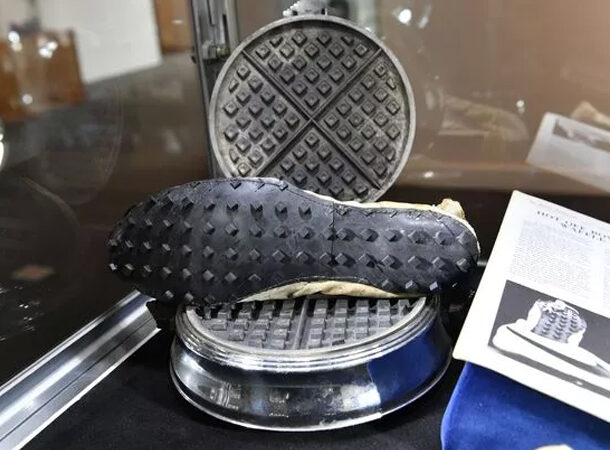 https://news.nike.com/news/bill-bowerman-nike-s-original-innovator
https://news.nike.com/news/bill-bowerman-nike-s-original-innovator Bill Bowerman, a track and field coach in the 1950s, didn’t like the way running shoes were being made. Coming up with his own design, he first created the Cortez shoe but wanted to create something even lighter that could also be worn on more than one type of terrain.
In 1970, while eating waffles with his wife, he came up with the idea to recreate the waffle texture on the running shoe soles. The waffle sole shoe was born and subsequently appeared at the United States Olympic track and field trials in 1972 in Eugene, Oregon.
Never Use Duct Tape on Your Ducts
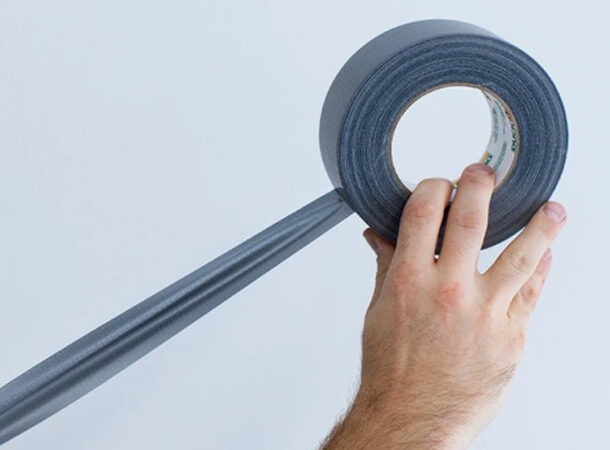 http://www.homeenergy.org/show/article/nav/walls/page/9/id/1400/magazine/110
http://www.homeenergy.org/show/article/nav/walls/page/9/id/1400/magazine/110 Duct tape is a fantastic product that can be used to solve lots of household dilemmas. However, it should never, ever be used for a leaking duct. A university laboratory tested multiple kinds of tape and sealant against different duct materials, and only duct tape failed consistently, and it did so spectacularly.
In fact, having duct tape on your ducts can actually see you slapped with a fine, as it is a building code violation in several cities. Feel free to keep your duct tape wallet, shoes, handbags, hammocks, and picture frames (we even know of a duct tape exhaust on a vehicle!) – but fix your ducts with foil tape or aerosol sealer.
But Duct Tape Works Great for Warts…
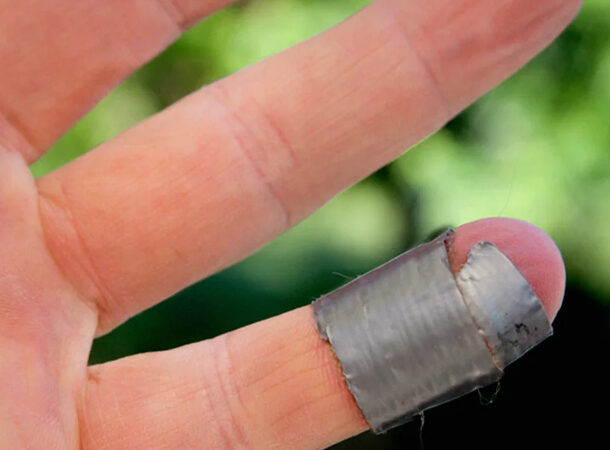 https://www.webmd.com/men/news/20021015/duct-tape-gets-rid-of-warts
https://www.webmd.com/men/news/20021015/duct-tape-gets-rid-of-warts While duct tape is useless on ducts, it can be used to remove countless eyesores from your home, and it is also excellent at eliminating eyesores from your body, like warts. According to research published in the “Archives of Pediatrics and Adolescent Medicine,” duct tape was more effective in eradicating warts than freezing them off.
So we won’t place it anywhere near our ducts, check – we’ll use it for those unwanted bodily “miniature cauliflowers” – double-check.
There Are More People With Cell Phones Than Toilets
 https://news.un.org/en/story/2013/03/435102-deputy-un-chief-calls-urgent-action-tackle-global-sanitation-crisis#.VkrNz_krKUn
https://news.un.org/en/story/2013/03/435102-deputy-un-chief-calls-urgent-action-tackle-global-sanitation-crisis#.VkrNz_krKUn The following fact is a shocker. According to a 2015 UN report, 2.5 billion of the planet’s 7 billion people do not have access to a toilet, with the majority living in South Asia and Sub-Saharan Africa. In itself, it is a sobering thought.
Considering that another report put the total number of mobile phone users at 6 billion, it means that there are more than twice as many people with mobile phones as those with functioning plumbing. Proving that we still have a long way to go in providing everyone with basic amenities and sanitation.
Coffee Makes the World Go 'Round
 https://bestlifeonline.com/caffeinated-cities/
https://bestlifeonline.com/caffeinated-cities/ At number one on our list today, we discuss coffee. Because we love it. And it makes the world go round. Really. Coffee might be a crucial part of your morning ritual, but it is even more critical to the global economy. 25 million farmers grow coffee in 50 countries, making it the world’s second most traded commodity behind oil. Brazil accounts for 40% of the world’s annual production. The most interesting coffee-related statistic is that New Yorkers consume coffee at a rate seven times that of the national average. Yet, Finland actually has the highest per-capita consumption.
If you enjoyed this Lists, You might also enjoy 25 Facts That Will Make You Terrified of Everday Things



























